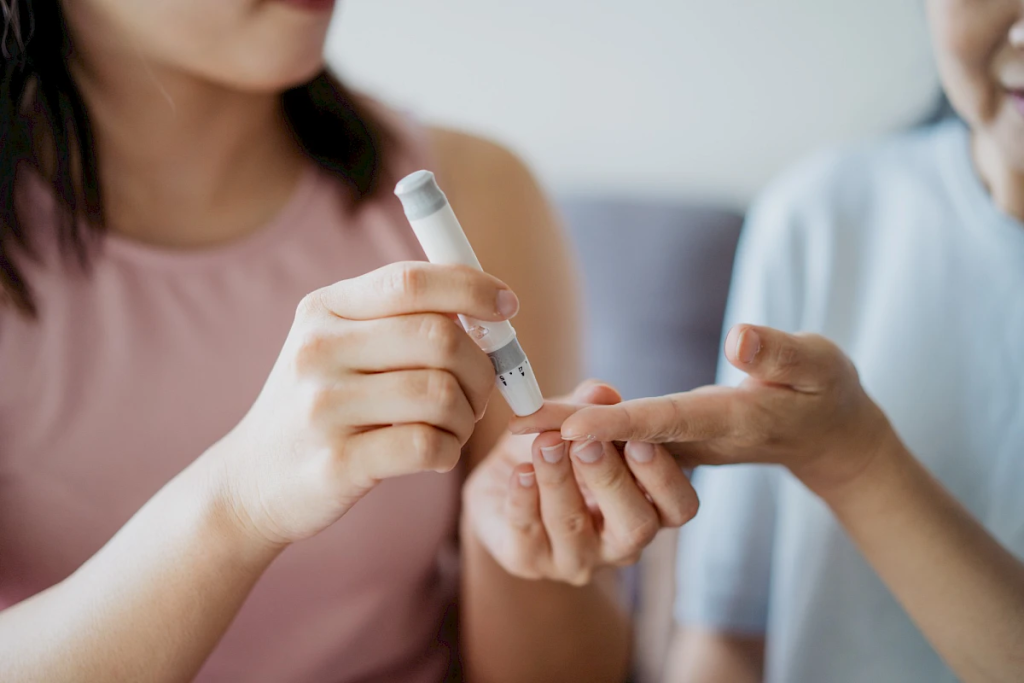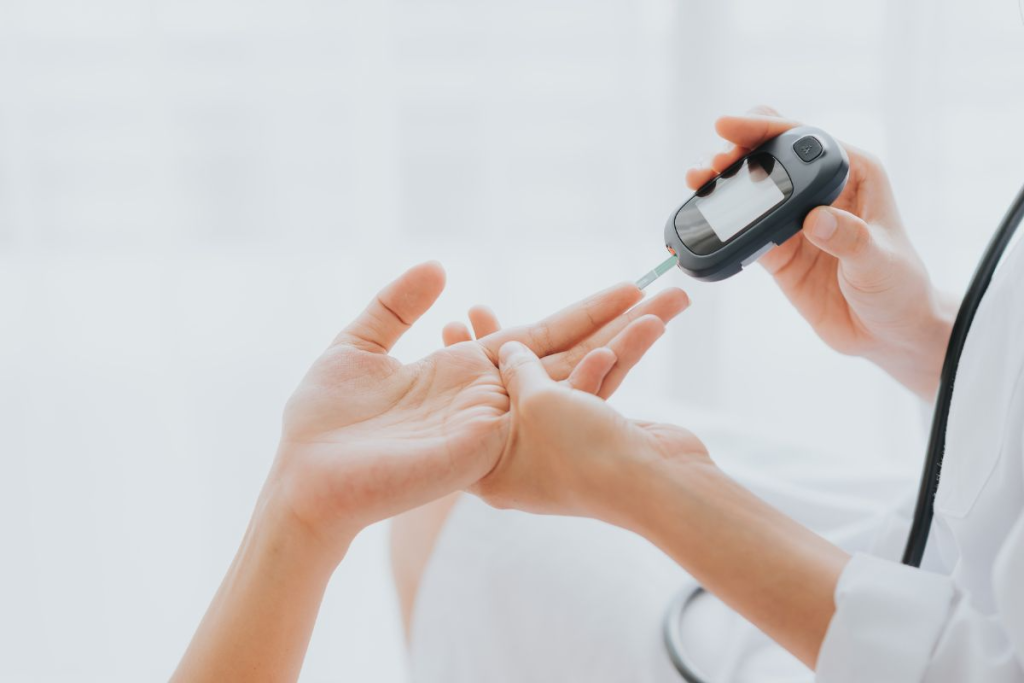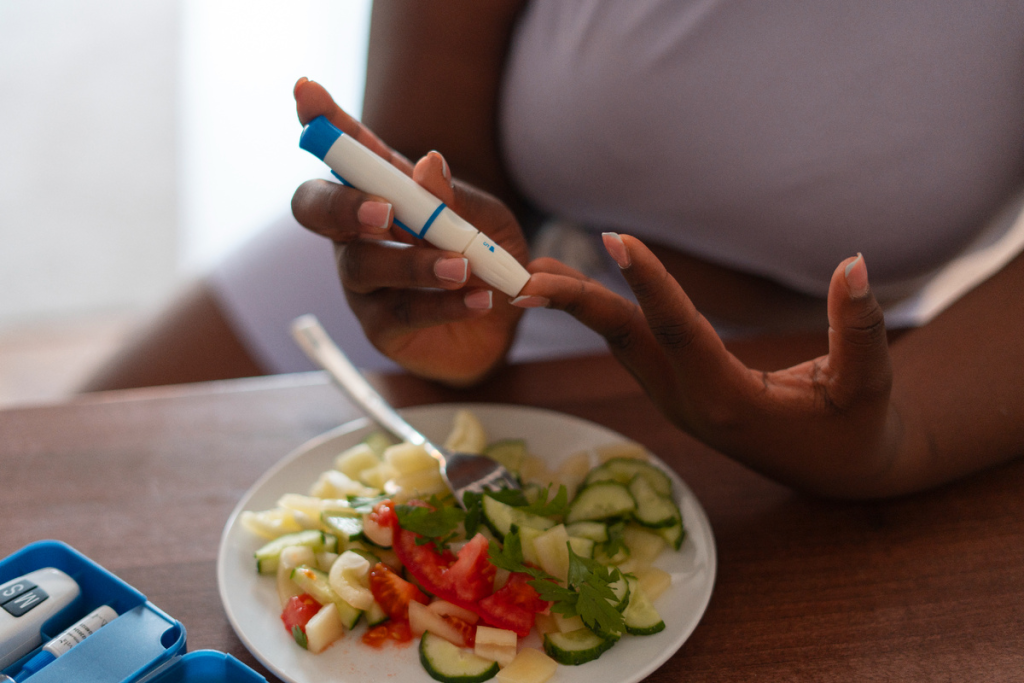Last Updated on October 21, 2025 by mcelik
As parents, we worry about our kids’ health. Diabetes affects many children worldwide. It’s important to spot diabetes symptoms early. The signs can be small but serious.
We’ll look at the signs of juvenile diabetes. This includes more thirst, needing to pee a lot, losing weight without trying, and feeling tired. These are key signs to watch for.

At Liv Hospital, we focus on top-notch healthcare. We support patients from around the world. Our goal is to help kids by knowing the signs of diabetes in children.Type 1 diabetes shows early warning signs in kids. Learn the critical symptoms parents must watch to act fast and protect health.
It’s key to understand diabetes in kids to catch it early and manage it well. We need to know how common it is in young people.
The Centers for Disease Control and Prevention (CDC) says about 1 in 3 teens (12-17 years) in the U.S. have prediabetes. This means they’re at risk for Type 2 diabetes and heart disease. This shows how diabetes is becoming more common in kids and why we need to know its signs and types.
A health expert notes,
“The increasing incidence of diabetes in children is a significant public health issue, requiring comprehensive strategies for prevention, early detection, and management.”
Diabetes in kids comes from a mix of genes, environment, and immune system issues.
Type 1 diabetes is when the body attacks the insulin-making cells in the pancreas. This means no insulin is made. Type 2 diabetes is when the body doesn’t use insulin well and doesn’t make enough. Knowing these differences helps us care for kids with diabetes better.
Type 1 diabetes often starts in kids and young adults. It needs insulin to keep blood sugar in check. Type 2 diabetes, once mostly seen in adults, is now more common in kids, especially those who are overweight.
Parents need to know about Type 1 diabetes, the most common diabetes in kids. Every year, about 18,000 kids get this disease. The number of new cases is going up by 2.9% each year.
This rise shows how important it is to know about Type 1 diabetes. We need to understand its causes, risk factors, and symptoms in children.
The exact reason for Type 1 diabetes is still a mystery. But, it’s thought to be a mix of genes and the environment. Autoimmune destruction of pancreatic beta cells is a big part of it, leading to a lack of insulin.
Several factors increase the risk of Type 1 diabetes in kids. These include:
The number of kids diagnosed with Type 1 diabetes is going up by 2.9% each year. This is a big worry. Knowing the risk factors and symptoms early is key.
Early detection can greatly improve how kids manage this disease. It can also improve their quality of life.
As we learn more about Type 1 diabetes, awareness and education are vital. By knowing the causes, risk factors, and symptoms, parents and caregivers can help manage this condition.
It’s vital for parents to know the early signs of diabetes in kids. Diabetes can show up in different ways, but there are key signs to watch for.

Excessive thirst is a big sign of diabetes in kids. It happens because the body can’t handle blood sugar properly. This makes the body make more urine, leading to dehydration.
Children with diabetes often drink a lot of water. This is a clear sign they might have diabetes.
Frequent urination is another sign. When blood sugar is too high, the kidneys make more urine. This means kids might need to pee a lot.
They might even have accidents or wet the bed. If they’re already using the toilet, this could mean diabetes.
Unexplained weight loss is also a warning sign. When the body can’t use glucose, it starts breaking down fat and muscle. This can make kids lose weight even if they’re eating more.
Parents might see their child always hungry and losing weight. This is a sign they should watch for diabetes.
These signs – too much thirst, peeing a lot, and losing weight – are important. Spotting them early can help kids get the right treatment and live better lives.
Several secondary physical warning signs can show that a child might have diabetes. These signs can make a big difference in a child’s life. They often show up as diabetes gets worse.
Persistent fatigue and weakness are common signs. High blood sugar makes it hard for cells to use glucose for energy. This can make your child feel very tired and weak.
If your child is always tired or seems very weak, talk to a doctor. It’s important to check if it’s related to diabetes.

Blurred vision and other vision problems can happen. High blood sugar can make fluid build up in the eye. This makes it hard to focus.
If your child has blurry vision, double vision, or trouble seeing, it could be diabetes. It’s important to find out why.
Diabetes can make it hard for wounds to heal and fight off infections. This leads to slow-healing sores and skin problems. If your child has skin issues that don’t heal quickly, it might be diabetes.
Children with diabetes might get sick a lot. They could have urinary tract infections, skin infections, or respiratory infections. High blood sugar weakens the immune system.
It’s key to spot these signs early. If you see any, talk to a doctor right away. They can help manage diabetes in children.
Children with diabetes may show different signs than just physical ones. It’s key for parents and caregivers to notice changes in their child’s behaviour and feelings.
Mood swings and being easily upset can signal diabetes in kids. Changes in blood sugar can really affect a child’s mood.
At first, these mood changes might seem small. But they can grow over time. Parents need to know the difference between normal mood swings and signs of diabetes.
Diabetes can also lower a child’s energy and school grades. High blood sugar makes kids feel tired and find it hard to focus. This can make schoolwork harder and make them seem less interested in fun activities.
Bedwetting in kids who can use the toilet is a warning sign of diabetes. High blood sugar makes kids pee more, leading to accidents at night. This can worry kids and parents a lot.
Spotting these signs early is key to catching and managing diabetes in kids. If you see these changes in your child, talk to a doctor right away. They can help figure out what’s going on and what to do next.
Type 2 diabetes is now seen in kids, a change from when it was mostly an adult disease. This shift is mainly due to more kids being overweight. We’re seeing a big change in how health issues affect young people.
Being overweight or obese is a big risk for Type 2 diabetes in kids. When kids are overweight, their bodies don’t use insulin well. This leads to the pancreas making more insulin, but it can’t keep up, causing high blood sugar.
Obesity is not just about eating too much or not exercising enough. It’s also linked to genetics, environment, and social factors.
Key factors linking obesity to Type 2 diabetes in children include:
Some signs of Type 2 diabetes in kids are different from those of Type 1. Kids with Type 2 might have acanthosis nigricans, dark skin patches in certain areas. Other signs include:
It’s important to catch Type 2 diabetes early in kids. We suggest screening for kids aged 10 or older who are overweight or obese. They should also have at least one risk factor, like a family history of diabetes.
Screening should start at puberty or age 10, whichever comes first. It should be done every three years if the first test is normal.
By finding at-risk kids early and helping them, we can greatly improve their health and life quality.
It’s key to spot the warning signs of diabetes in kids early. If your child is always thirsty, goes to the bathroom a lot, or loses weight without trying, act fast.
At Liv Hospital, we’re here to help families from start to finish. Catching diabetes early makes a big difference. Knowing the signs is the first step to getting your child the right care.
By catching diabetes early, you can help your child manage it well. This improves their life a lot. If you’re worried about your child’s health, talk to a doctor.
Symptoms include feeling very thirsty and needing to pee a lot. They also might lose weight without trying, feel tired, and see things blurry. Slow-healing sores and mood swings are other signs.
Type 1 diabetes happens when the body attacks its own insulin-making cells. Type 2 diabetes is when the body doesn’t use insulin well and doesn’t make enough.
It’s not fully known, but it’s thought to be a mix of genes and something in the environment.
If your family has a history of type 1 diabetes, your child might be at higher risk. But most kids with it don’t have a family history.
Look for signs like drinking a lot of water and needing to pee often. Also, watch for unexplained weight loss, feeling hungry all the time, and being tired. Blurry vision, slow-healing sores, and mood swings are other signs.
Yes, kids can get type 2 diabetes. It’s more common in those who are overweight or obese and have a family history of it.
Doctors use blood tests to check for high sugar levels and antibodies against insulin cells.
Treatment includes insulin shots, checking blood sugar levels, and making healthy lifestyle choices to manage sugar levels.
Lifestyle changes can’t cure type 1 diabetes. But eating well and exercising regularly can help control blood sugar and improve health.
Support your child by working with their healthcare team and learning about type 1 diabetes. Also, offer emotional support to help them manage their condition.
Subscribe to our e-newsletter to stay informed about the latest innovations in the world of health and exclusive offers!
WhatsApp us